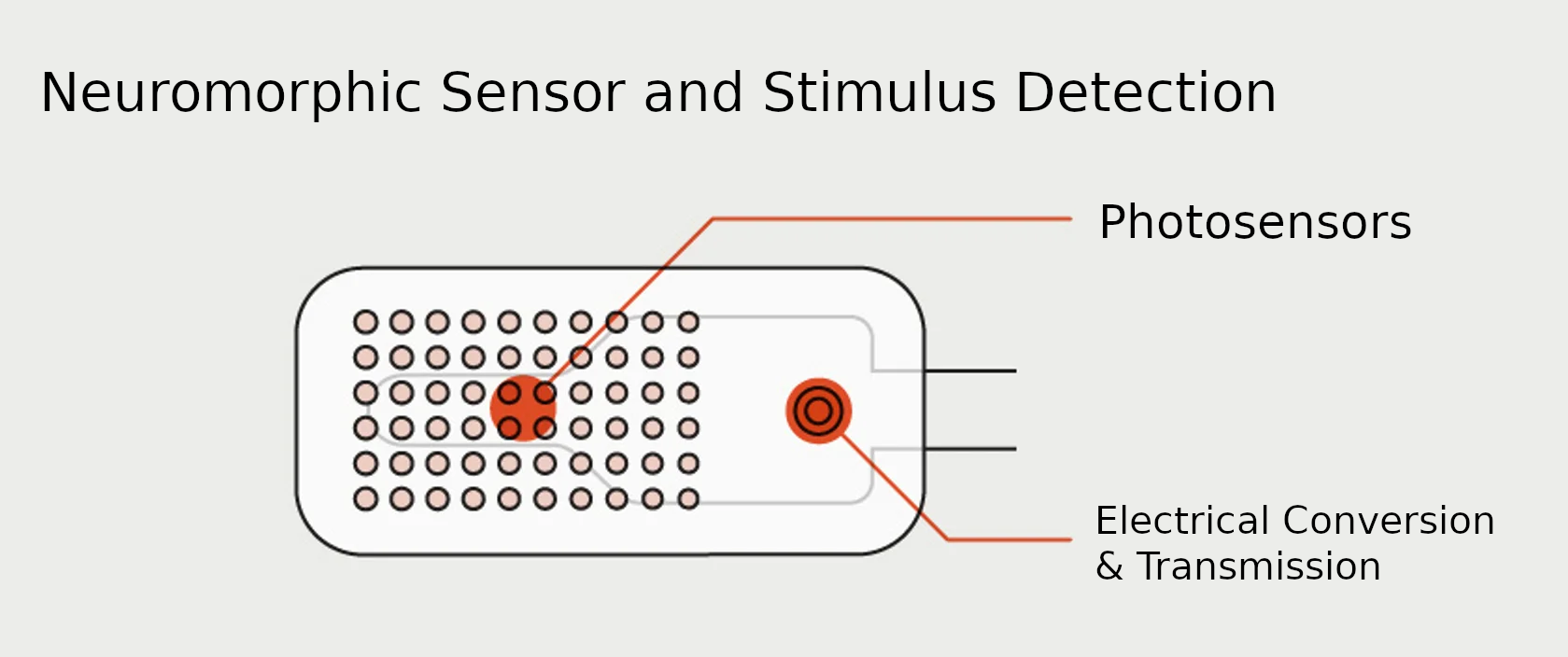This revision is from 2024/07/07 17:17. You can Restore it.
Three major issues with O.I...
- Lifespan: while non-dviding cells are potentially immortal, current lifespan only about 100 days.
- Size: they are too small, only about a grain of slat. The bigger the organoid the more intelligence.
- Communication: the input output system and effective training and communication.
Electrophysiology in O.I. is the study of neuron electrical system for the result that communication methods can be formed. The two known communication systems in the human body, chemical and electrical. While humans have five senses, the basic sense of a neuron is the electrical gradient (its associated field) and about 100 chemicals such as dopamine called neurotransmitters. The language changes the mode of the cell, initiates functions from its DNA manifold.
Each time we communicate with a neuron we are forming a sense for the neuron. The human bodies 5 senses are multi-modal, general, contrast, a specialized sense such as flying a plane, solving puzzles or playing a video game.
This work on electrophysiology is essential, some of the most basic animals sense their surroundings by electrical discharge on contact, maintaining a basic voltage with any discharge meaning another object has touched or is near. Another is seeing with magnetism. Neurons maintain an electrical difference that when fluctuated cause the neuron to act. Commmunication with a neuron is a change in the electrical gradient, polarization of the cell and that causes a neurotramitter to be released where onwards if causes some reponse. Action potentials, resting membrane potential, depolarization, repolarization, refractory period...
The operator stimulates the neuron gradient, action potentials to cause the release of neurotransmitters relative to an aim.
action potential → neurotransmitter → a serotonergic neuron will release serotonin, while a dopaminergic neuron will release dopamine. The action potential provides the "go" signal. The different specializations of neurons communicate an outcome. For instance, if a dopamine neuron is triggered, it means success, while if a serotonin neuron is fired it means fail.
- Reward: Dopamine
- Punishment: Serotonin, perhaps Norepinephrine.
There are over 100-150 known neurotransmitters, narrowing it down to two is a punk out. Some others... acetylcholine (ACh), norepinephrine (NE), GABA (gamma-aminobutyric acid), glutamate, endorphins, histamine, melatonin, adrenaline (epinephrine)...
There are many neurons relative to their task such as visual cortex neurons, auditory cortex neurons, neo-cortex neurons, Von Economo neuron (VEN)...
One sensor goes to one neuron type...
one stimuli → sensor -> wire -> specific neuron -> onwards to other specializations (prep, prime and act).
Take fight or flight, a stimulus is sensed, and an action potential is sent down the wire specifically to neuron that release norepinephrine. Onwards, the communication propagates to the brain and the system is primed for fight or flight. If it takes down the animals and feeds, a new sense, an unassociated process will trigger dopamine in the brain and behavior re-enforced.
Take a feedback loop, levels rise and a sensor is activated and triggers hunger, teaching the action of feeding which brings levels back down turning off the sensor and providing dopamine.
The simplest circuit is a senseor dedicated to a single type of stimuli and the triggers a specific types of neurons.
The method of induced pluripotent stem cells (iPSCs) selection of differentiation into a specific neuron type.
To distinguish sight and sound, pattern of activity. The auditory nerve collects features of sound, they are send to a relay station for processing and then sent out to the auditory cortex. The auditory cortex is organized into different areas, each responding to specific frequencies/amplitude/etc... The high-pitch sound (2,000 Hz) activates neurons in the high-frequency area, while the low-pitch sound (200 Hz) activates neurons in the low-frequency area. The auditory cortex contains a tonotopic map, which is a spatial organization of neurons that respond to different frequencies. All of these functions are mimicked in an O.I. system.
Organoids can always be more effective in modular, with either regional, partitioned function of a single organoid or multiple specialized organoids interconnected via an artificial synapse.
Designing a specialized sense means translating essential rules into electrical stimulations sent to neuron to cause the release of specific neurotransmitters. These rule can be detailed or they can be superficial, contrast of every positive and negative action in flying a plane or simply "you died" or "great, you got a high score". This design relies on re-enforcement learning, operant conditioning. If the neuron performs well, it gets a reward such as dopamine or a punishment such as serotonin.
Manipulating solely the gradient to illicit nueorotranmission or supplying the chemical directy, any number of differences is entirly and completely up for experimentation.
At some stage multi-modal senses are required because most applications could fall into a general permanent sense.
O.I. and Building Multi-Modal Sensory Systems
It is real world signal translation, encoding into electrical organoid friendly signal, radio. Build four permanent senses, two input and two output.
These senses are electrode arrays that are converted to an electrical form and sent to the organoid. These peripherals are not biological, they are electronic. The 4 senses...
Input
 IMMORTALITY
IMMORTALITY 